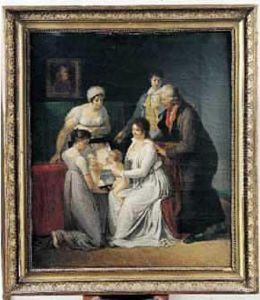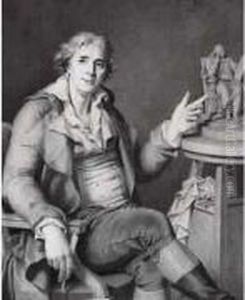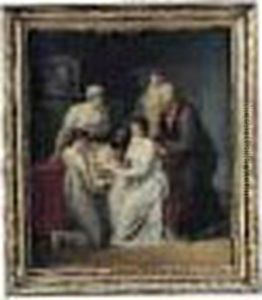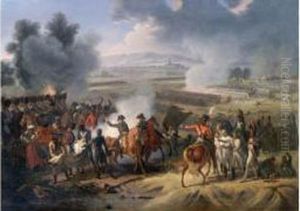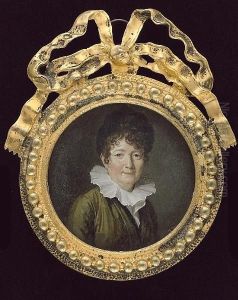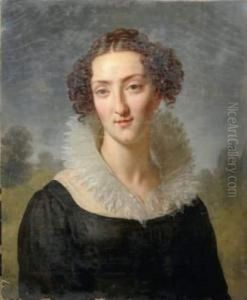Jacques Augustin C. Pajou Paintings
Jacques Augustin Catherine Pajou was a distinguished French sculptor, born in Paris in 1730. Coming from a lineage of artists, he was the son of the renowned sculptor Augustin Pajou, which undoubtedly influenced his decision to pursue a career in the arts. Jacques Augustin grew up in an environment that was steeped in the rich traditions of French sculpture, and this early exposure played a crucial role in shaping his artistic sensibilities and skills.
Pajou's career flourished during a period marked by significant political and social changes in France, spanning the late Rococo period and extending into the Neoclassicism that characterized the era of the French Revolution and the Napoleonic era. Despite the shadow of his father's considerable reputation, Jacques Augustin managed to carve his own niche in the French art world, primarily through his exceptional skill in sculpting marble and terracotta figures. His works were known for their delicate detailing, expressive faces, and the fluidity of their forms, which reflected both the influence of his father's style and the emerging Neoclassical ideals of simplicity and purity in art.
Throughout his career, Pajou received several commissions from the French royal family and the aristocracy, which was a testament to his skill and popularity. His sculptures often depicted mythological themes and figures, as well as portraits of notable individuals of his time, imbuing them with a sense of grace and vitality that was highly prized. Despite his success, the tumultuous events of the French Revolution and the rise of Napoleon brought about changes in artistic patronage and taste, which posed challenges to Pajou's career.
Jacques Augustin Catherine Pajou's contribution to French sculpture is significant, not only for the beauty and craftsmanship of his works but also for his role in the transition between the Rococo and Neoclassical styles. He died in Paris in 1809, leaving behind a legacy that has been somewhat overshadowed by that of his more famous father, Augustin Pajou. Nevertheless, his sculptures continue to be admired for their elegance and expressive detail, securing his place in the annals of French art history.
